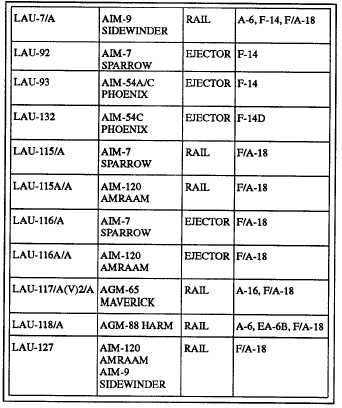Figure 3-17.—AN/AWW-9/13 advanced data-link pod.
weapon control functions for several individual weapon
launchings during one mission (not simultaneously).
The three frequency channels (A, C, and E) are used to
control the individual weapons launchings. The three
channels prevent the control section of the weapon from
responding to override (steering) commands from a pod
that is not set to that weapon’s specific frequency
channel.
Therefore, more than one weapon/pod
operation can be conducted in the same area.
The Walleye II ERDL Mk 38 series (frequency
channels A, C, and E) practice guided weapon is used
for captive flight and data-link training for pilots of data
link configured F/A-18 aircraft. The practice guided
weapon contains the same data link components as the
tactical Walleye I ERDL Mk 23 weapon except that the
warhead in the Mk 38 is filled with inert material.
Q1.
Q2.
Q3.
Q4.
Q5.
Q6.
Q7.
Q8.
REVIEW NUMBER 5
Name the four basic series of Walleye guided
weapon systems.
List the sections of the Walleye I tactical weapon.
When the Walleye I is used, how is a typical
attack situation formed?
What type of suspension does the Walleye II
have ?
What is the difference between the Walleye I and
Walleye II weapons?
Name the functions the Walleye II ERDL have
that the Walleye I and Walleye II don't have.
The data-link pod provides the ____________.
What prevents the control section of one weapon
from responding to commands not set to its
channel?
GUIDED MISSILE LAUNCHERS
LEARNING OBJECTIVE: ldentify the
purpose and recognize the use of guided missile
launchers. Identify the components of the
LAU-7/A (series) guided missile launcher.
Guided missile launchers provide the mechanical
and electrical means of suspending and air-launching a
guided missile from an aircraft. Because the physical,
mechanical, and functional requirements vary for each
particular missile-to-aircraft configuration (table 3-2), a
brief description of each type of missile launcher is
discussed in the following paragraphs.
Table 3-2.—Missile Launcher Application
3-21








